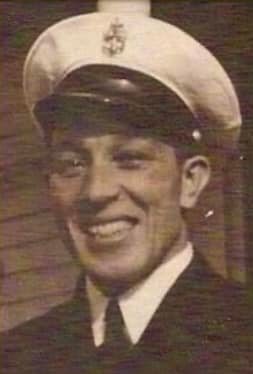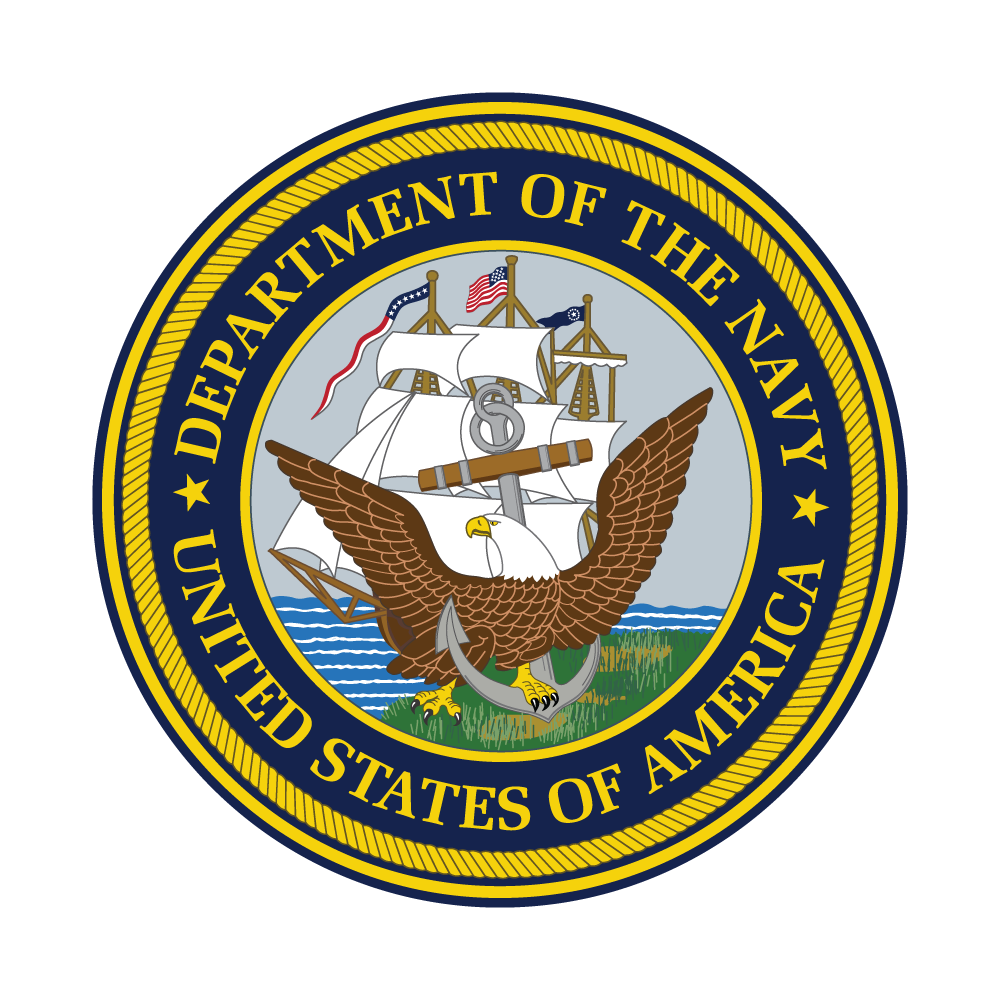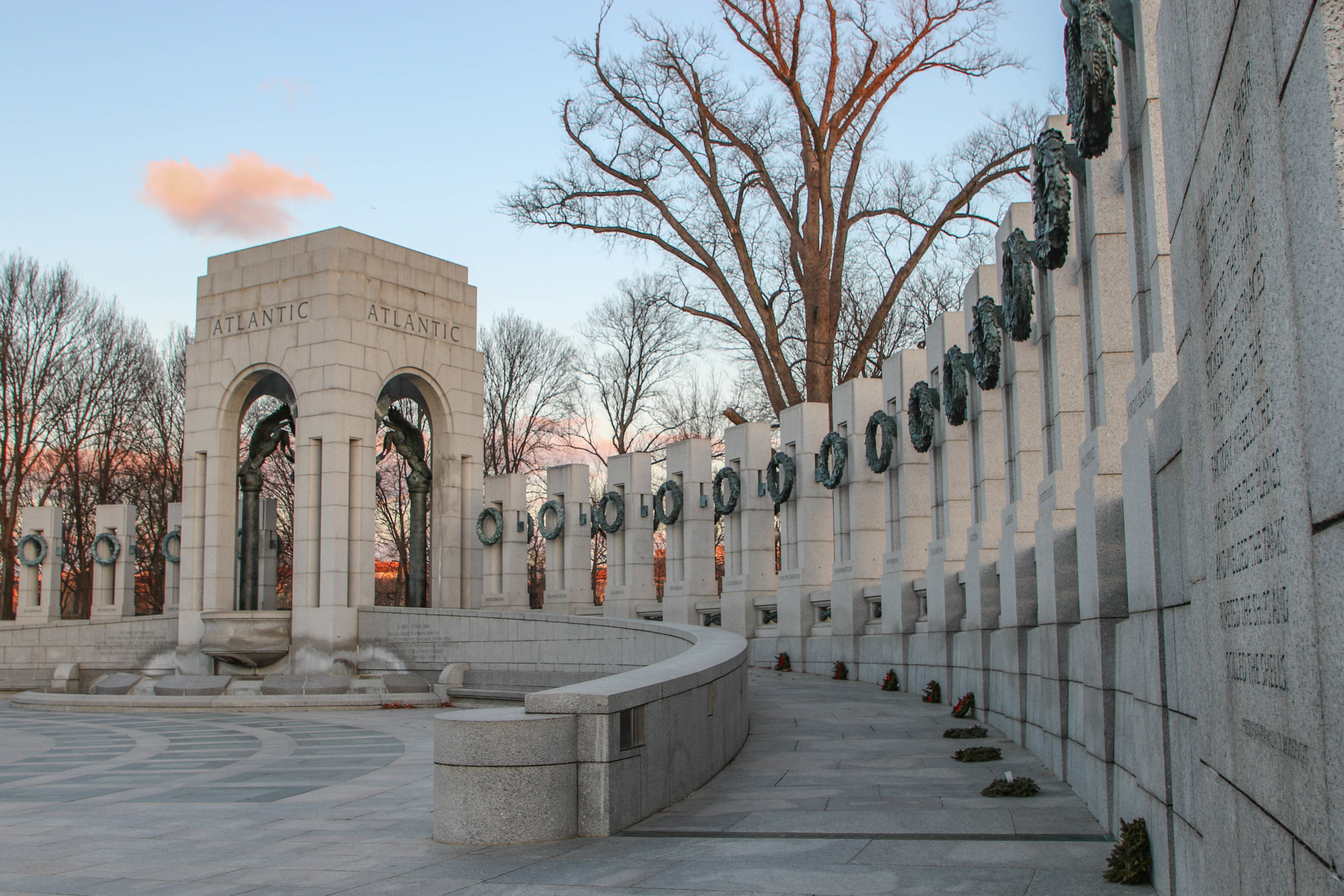World War II Honoree
World War II Veteran

Clarence Matthew Beelner
Branch of Service
U.S. Navy
Hometown
Los Angeles, California
Honored By
Debborah Crossman
Relationship
Daughter

Enlisted in the Navy on 6/22/1937. He was mustered onto the USS Nevada BB-36 on 10/16/1937. He was on the Nevada until sometime after 11/20/1940. He got out of the Navy and then went back in 3/4/1941.He was then assigned to the the USS Rutledge AP-52 and was sent to the Atlantic. After amphibious excercises in the Chesapeake Bay which lasted several months, the Rutledge was assigned to transport both men and supplies in support of the upcoming Allied invasion of North Africa. Departing Norfolk in convoy in late October 1942 bound for Casablanca, the Rutledge dropped anchor in the Roads of Fedhala in the early morning on November 8th and commenced discharging her troops shortly thereafter. Foul weather and French artillery and shore battery fire delayed her operations but within the day of her arrival her troops were ashore and by November 11th she had completed her discharge of supplies and vehicles. A German U-boat attack on the landing force in the evening of the 11th which claimed a fellow transport ship and damaged a destroyer and oil tanker near the Rutledge put her crew on high alert, and much of the overnight was spent at Battle Stations. Daybreak on November 12th saw that the US Navy had increased their anti-submarine warfare efforts to protect the anchored ships while the amphibious assault wrapped up, but despite these efforts several U-boats were prowling the area. The U-130 was one such U-boat, and during day she stealthily made her way towards the group. Her Captain skillfully cleared the anti-submarine Destroyer picket without revealing his position during the late afternoon and was rewarded with the entire landing force anchored in a vulnerable position and brightly lit by the setting sun. Selecting three tightly spaced ships as his target, the U-130 fired five torpedoes before diving deep and escaping the area. The crew onboard the Rutledge would have seen firsthand the result of the U-130's work as torpedoes hit the USS Tasker H. Bliss (AP-42) and USS Hugh L. Scott (AP-43), both anchored ahead of her. Only seconds elapsed before the Rutledge too was shaken by a tremendous explosion, followed shortly thereafter by a second. Both impacts had struck amidships and opened up a large hole in her boiler and engine rooms in addition to starting fires on deck and letting massive amounts of water into the ship. Her Captain ordered the ship, which was not anchored at the time, to full ahead in an attempt to beach her but the damaged boiler room hull allowed seawater to douse her fires which stopped her engines. With the ship beginning to settle rapidly by the Stern as bulkheads to her rear cargo holds failed, the Captain ordered the Rutledge abandoned. All but 15 members of her crew, all of which were in the engine and boiler rooms, managed to safely get off the ship before she sank Stern first at this location on November 12th, 1942. For her role in the Allied Invasion of North Africa up to the date of her loss, USS Edward Rutledge received her first and only Battle Star for World War Two Service. He was rescued, but his buddy was not as fortunate. He was then taken ashore. He was mustered onto the USS LeJeune AP-74 where he spent the rest of his time in the Navy. When he mustered out his rank was Chief Boatswain's Mate at the end of the war.
